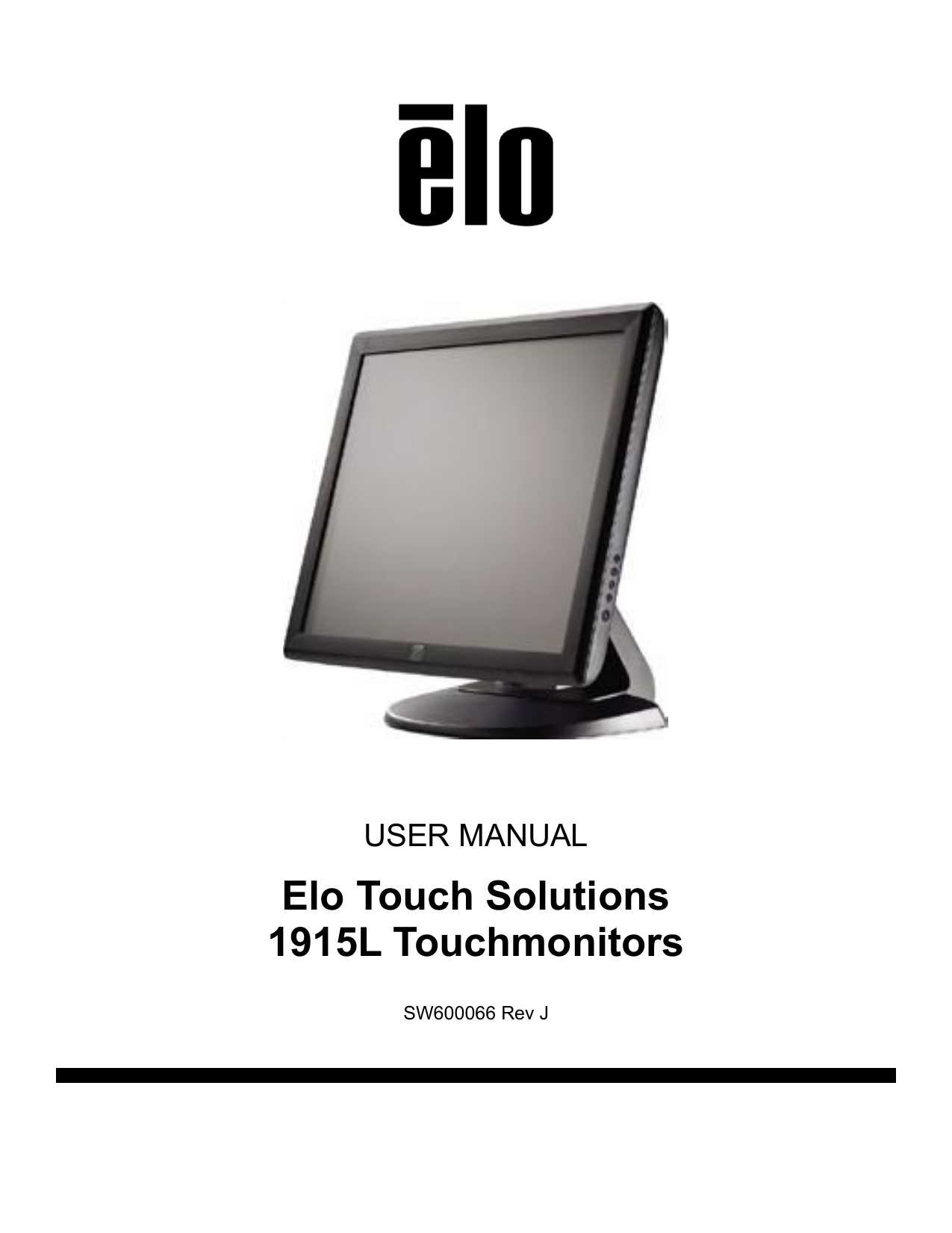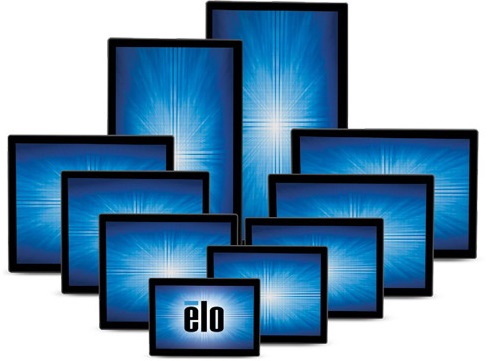

Replace -t213 with your appropriate driver and /dev/ttyS3 with the correct device.Īgain, don't worry if the calibration isn't perfect, or if an axis is inverted or reversed - this will be addressed in the calibration section. To attach the touchscreen at startup, edit your /etc/rc.local to look like the following: /usr/bin/inputattach -daemon -always -t213 /dev/ttyS3 If your device is a tablet with stylus-only input, fujitsu is a popular maker of embedded tablet devices. Likewise, non-Elo external touchscreens will most likely use touchit213. If your device is built into a laptop, you'll have the best luck with the mtouch, touchright, touchwin, or touchit213 drivers.
ELO TOUCH DRIVERS SERIAL
touchwin -tw Touchwindow serial touchscreen touchright -tr Touchright serial touchscreen
ELO TOUCH DRIVERS PC
touchit213 -t213 Sahara Touch-iT213 Tablet PC mtouch -mtouch MicroTouch (3M) touchscreen elo261-280 -elo3b ELO Touchscreen, 3-byte mode elo271-140 -elo4b ELO touchscreen, 4-byte mode elo4002 -elo6b ELO touchscreen, 6-byte mode elotouch -elo ELO touchscreen, 10-byte mode inputattach supports any of the following modes, which includes external touchscreens which may attach through a physical serial port: The calibration or one or more axes may be swapped, but if the calibration is approximate then it's probably the correct driver. In the case of Itronix (and most other devices using the Touchkit driver), the correct driver is touchit213. Once you've determined the device, we can try a few different drivers. If nothing happens, quit screen by pressing Ctrl+A and then the '\' key to quit. Touch anywhere on your screen to check for any character output. A simple way to check for connections is to check each one for events: In the case of Itronix devices, the default is /dev/ttyS3. The actual IRQ mapping varies between manufacturers. If there is no reference to a touchscreen device in your lsusb output, the connection is most likely through one of your serial ports. Some touchscreens might already have good or perfect calibrations, otherwise you'll need to continue to the calibration section. If your touchscreen begins to produce events, then you can permanently blacklist the usbtouchscreen driver: echo "blacklist usbtouchscreen" | sudo tee -a /etc/modprobe.d/nf If your touchscreen has an USB interface, and it isn't working, then you may need to blacklist the usbtouchscreen driver for it to work: sudo modprobe -r usbtouchscreen If the touchscreen produces no events out of the box, check to see if it's an USB device or not: lsusbĬheck the output for any reference to a touchscreen.

When encountering a new device, the first order of business is to determine how the touchscreen is connected to your computer. Skip to the section for configuring serial devices for these machines.

This method should work for most GD products, including the newer GD8000 which replaced this device.
ELO TOUCH DRIVERS TRIAL
With a little trial and error however, it's relatively simple to configure this and similar devices. The device has an integrated serial touchscreen, and the manufacturer is notorious for hiding any and all documentation on legacy devices such as this one. This is a rugged laptop I picked up from ebay for a good price, which the seller wiped with Ubuntu 10.04 due to the expense of Microsoft's Windows relicensing fee. The methods documented here should work with other distros as well. Some older devices, especially those embedded in laptops such as GD Itronix line of rugged computers, use serial interfaces which lack the configuration to work in Linux. In my experience, most modern devices work out of the box with both 10.04 LTS or 12.04 LTS, but lack the proper calibration or configuration. This page is a documentation of my dealings with various touchscreen devices I've encountered.


 0 kommentar(er)
0 kommentar(er)
